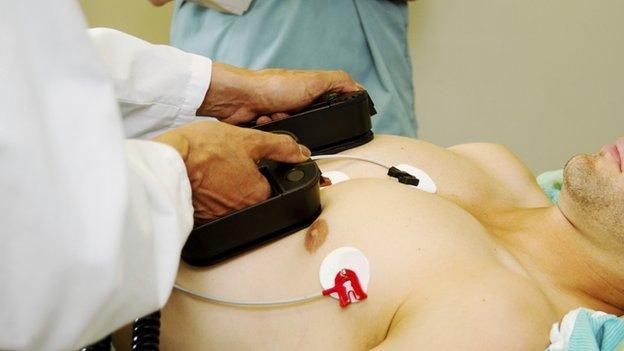Cardiac arrest patient Patrick Ewing 'lucky to be alive'
- Published

Mr Ewing's partner, Yvonne Ainsworth, gave him resuscitation after he collapsed
Ambulance crews who gave a cardiac arrest patient 17 high-energy electric shocks say he is lucky to be alive.
Patrick Ewing, 66, collapsed at his home in Oakham, Rutland, and was given resuscitation by his partner, Yvonne Ainsworth.
Paramedics used a defibrillator to shock Mr Ewing to restore his normal heart rhythm for almost an hour.
East Midlands Ambulance Service (EMAS) said only about 8% of patients survived a cardiac arrest outside hospital.
Andy Swinburn, of EMAS, said: "Patrick's case is extremely rare. His heart muscle was very unstable, which lead to a repeated cardiac arrest meaning the crew had to shock him 17 times."

What is a defibrillator?
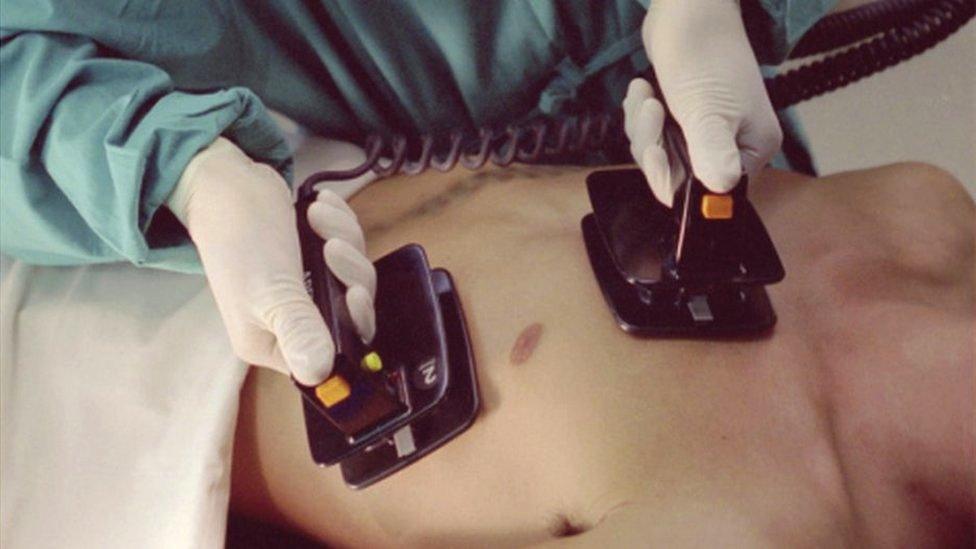
A defibrillator is a machine that can be used to stabilise an irregular heartbeat
It works by discharging electric charge
Two paddles with insulated handles are charged from a high-voltage supply
The defibrillator passes charge through the patient to make the heart contract

Mr Ewing said: "It's an astonishing thing to tip over the edge and be hauled back again.
"What they did for me might of just been part of their day job but they worked so hard to keep me going. I will forever be grateful."
- Published14 February 2016
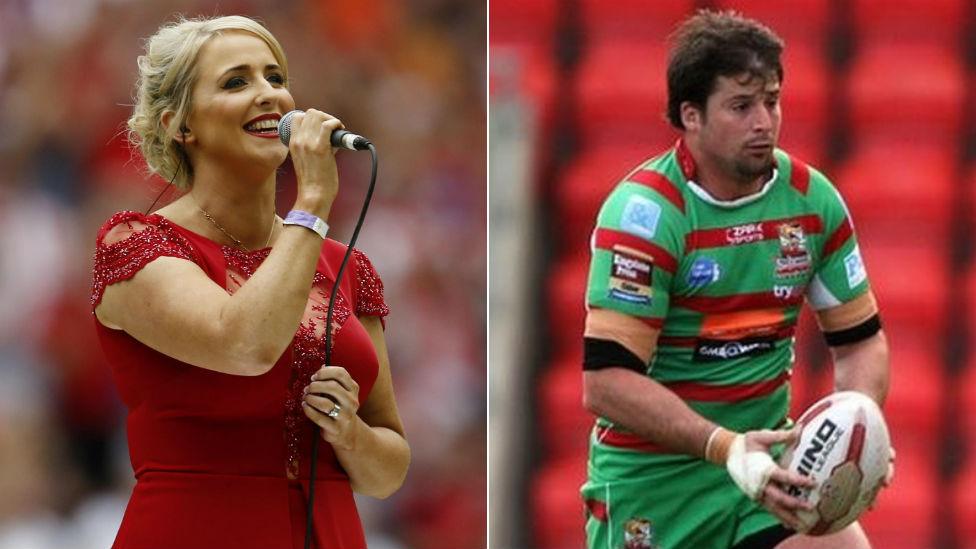
- Published16 January 2016
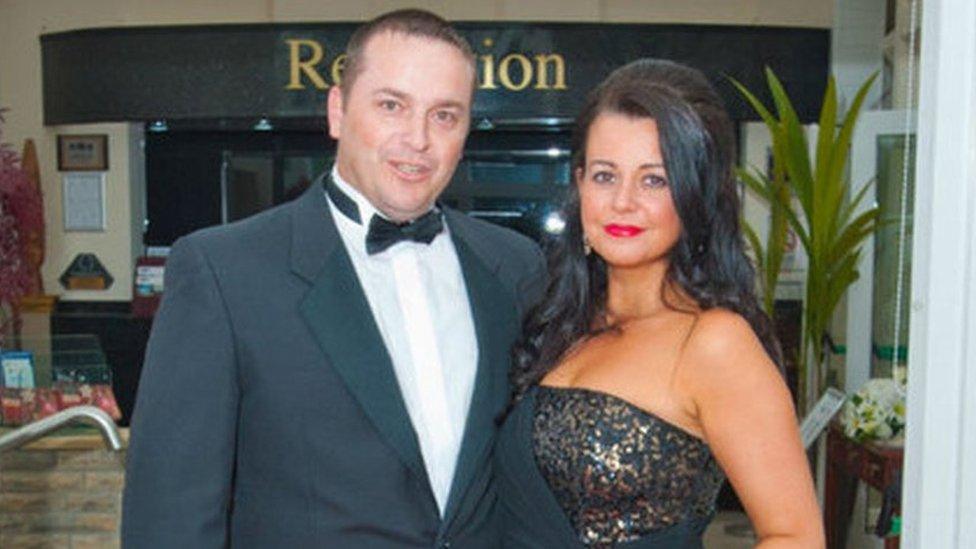
- Published2 September 2015
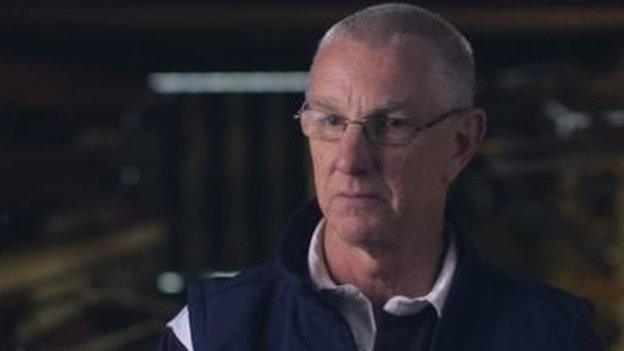
- Published14 September 2015
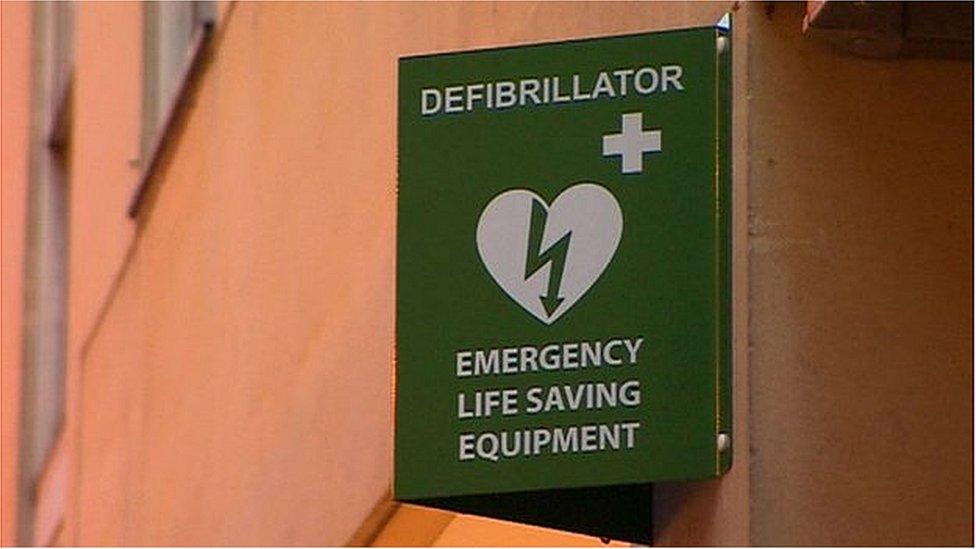
- Published20 August 2015
